The Best Extractor Fans

Proper ventilation is essential for maintaining healthy air quality and preserving your building’s structure. Without it, moisture can build up, leading to issues like mould, dampness, and even structural damage. Extractor fans are the perfect solution, efficiently removing excess humidity and ensuring a clean, fresh environment.
Whether you're looking to ventilate a steamy bathroom or a busy kitchen, finding the right extractor fan is crucial. In this guide, we’ll explore the best extractor fans for every space and use, helping you choose the one that meets your needs. Let’s dive in and see how you can improve your indoor air quality with the right extractor fan.
For further insights on air quality improvement, check out this helpful guide from the EPA and additional tips.
What Is an Extractor Fan?
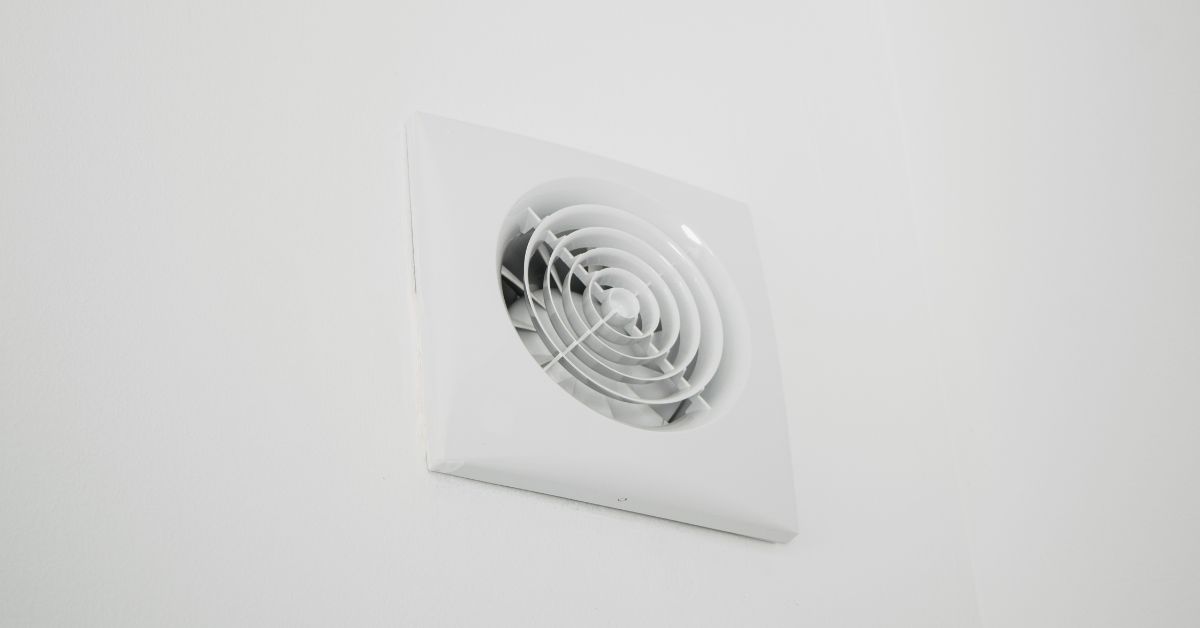
Extractor fans are essential for regulating air quality by removing moisture, odours, and smoke from enclosed spaces. These devices are most commonly found in bathrooms, kitchens, and laundry rooms, where excess humidity can accumulate. Extractor fans come in several varieties, including axial, centrifugal, mixed flow, and inline models, each suited to different needs.
Despite their powerful function, extractor fans are generally energy-efficient, with most models consuming less than 40 watts. You can maintain optimal air quality without worrying about sky-high energy bills.
Commercial extractor fans with higher air exchange capacities are available for large-scale installations, like commercial kitchens or industrial settings. On the other hand, smaller, low-voltage models are perfect for homes, as they provide efficient ventilation with minimal energy usage.
Where Can You Use Extractor Fans?
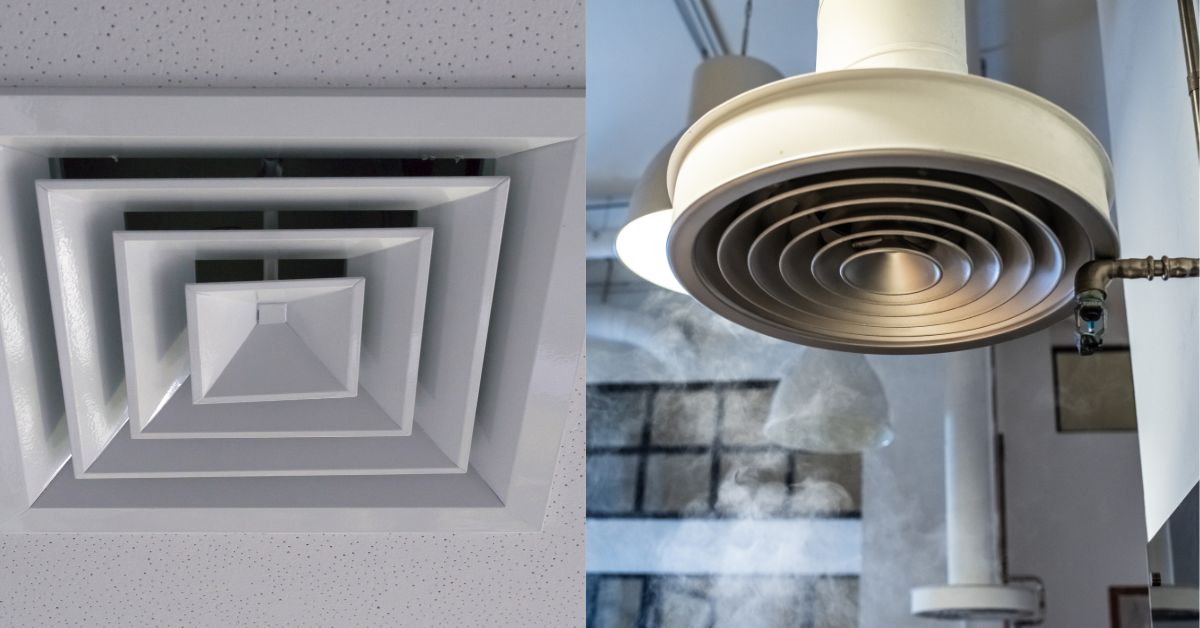
Extractor fans are ideal for spaces that experience high moisture levels, such as bathrooms and kitchens.
The Bathroom
Bathrooms are prone to high humidity, leading to mould and structural damage. An extractor fan effectively pulls out excess moisture, helping prevent long-term problems. An bathroom extractor fan becomes even more essential if your bathroom lacks a window. Many models also come with over-run timers, ensuring proper ventilation even after you've turned off the fan.
The Kitchen
Extractor fans are essential in kitchens for removing smoke, steam, and unpleasant odours. Although some may opt for cooker hoods, they can be noisy. A silent extractor fan is a better alternative, offering efficient air removal without additional noise pollution. This creates a comfortable cooking environment by ensuring clean air circulation.
Types of Extractor Fans
1. Axial Extractor Fans
Axial extractor fans are ideal for small spaces like bathrooms or toilets. They move air in a straight line and are typically mounted on walls or windows, providing direct ventilation to the outside. These fans are quiet, efficient, and perfect for short-distance air extraction.
2. Centrifugal Extractor Fans
Centrifugal fans are more powerful than axial fans and are designed for spaces without access to an exterior wall. They push air outwards using centrifugal force, allowing for ventilation over longer distances. These fans are noisier but are more efficient at removing large amounts of moisture from spaces like large bathrooms, kitchens, and storage rooms.
3. Mixed Flow Extractor Fans
Mixed flow fans combine the features of both axial and centrifugal fans, offering high air extraction rates while remaining quiet. These fans are ideal for commercial settings where high performance and low noise are critical, such as in restaurant kitchens.
4. Inline Extractor Fans
Inline fans are typically installed in ceilings, making them a discreet yet effective option. These fans are perfect for bathrooms with long ducting and rooms where noise control is essential. They work silently to remove moisture and odours, ensuring a fresh and comfortable environment.
For more information on different fan types, visit the Energy Saving Trust to explore their energy-efficient home solutions.
| Type of Extractor Fan | Best Use | Key Features |
|---|---|---|
| Axial Extractor Fan | Small bathrooms or toilets with direct access to external walls | Quiet operation, suitable for short duct runs |
| Centrifugal Extractor Fan | Large bathrooms, kitchens, or spaces with no external walls | Powerful, higher extraction rate, noisier |
| Mixed Flow Extractor Fan | Commercial kitchens or larger rooms requiring quiet operation | High extraction rate, silent operation, handles long ducts |
| Inline Extractor Fan | Bathrooms or spaces with long ducting or no external walls | Silent, installed in ceilings, suitable for long ducting |
Choosing the Right Extractor Fan
When selecting an extractor fan, consider the size of the space, the amount of moisture or smoke to be removed, and any noise level preferences. Here's a quick guide:
- For Small Bathrooms: Opt for a quiet axial fan that can efficiently remove humidity.
- For Larger Kitchens: Choose a powerful centrifugal or mixed flow fan to manage smoke and odours.
- For Commercial Spaces, Consider larger mixed-flow or inline fans that provide high extraction rates without excessive noise.
Extractor fans come with various additional features, such as humidity sensors and timer controls, which allow for automatic operation based on the moisture levels in the air. Energy-efficient models with low wattage also ensure you can maintain good air quality without significantly increasing your energy bills.
Why You Need Extractor Fans: A Comprehensive Guide
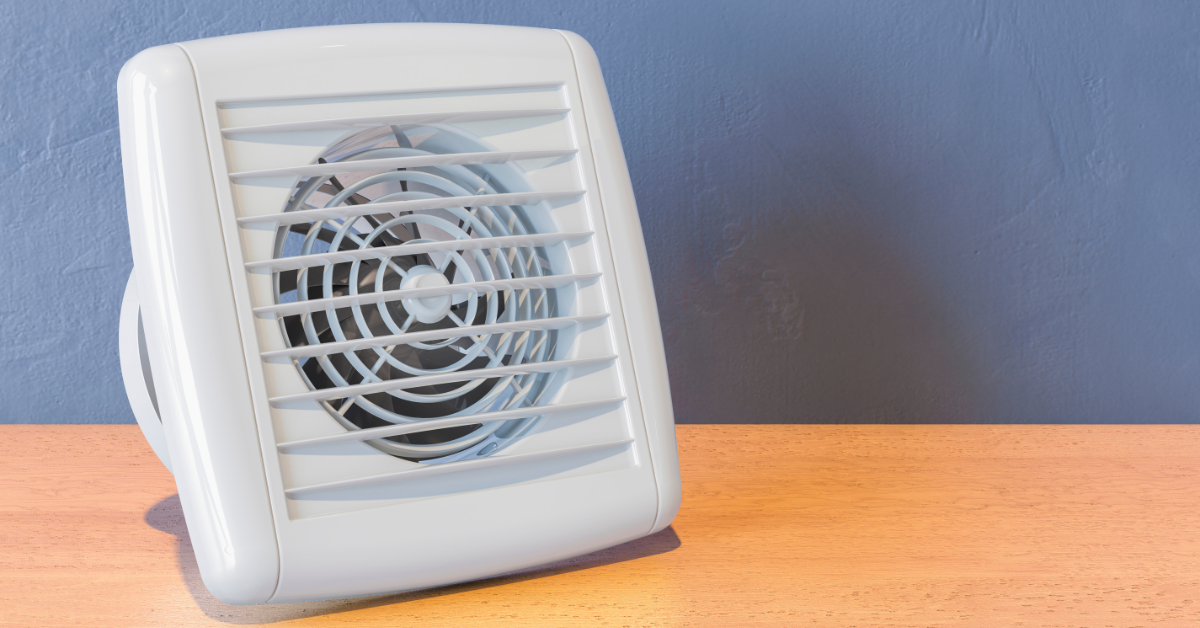
Humidity and steam may seem harmless, but they can cause severe damage to your living space. That's where extractor fans come in, designed to remove moisture, prevent condensation, and keep your home free from dampness. Proper ventilation through extractor fans is essential to maintaining air quality and preventing health hazards like mould growth. But how do you choose the right one for your home? Let’s dive in.
The Problem with Steam and Humidity
Steam and humidity are the culprits behind condensation, leading to mould growth. Moisture collects on cold surfaces, turning into droplets that stick to walls, ceilings, and countertops. This constant exposure causes unsightly mould and long-term structural damage to your home. Mould spores are dangerous to your health, exacerbating respiratory issues and causing irritation like coughing, sneezing, and skin rashes.
For these reasons, many building regulations and safety organisations highly recommend installing an extractor fan. It’s a simple yet effective way to combat dampness and improve air quality in your living space.
Credit: Top Homeowner
How to Choose the Best Extractor Fan?

When choosing an extractor fan, several factors must be considered. The right fan will depend on the specific requirements of your space, whether it's a bathroom, kitchen, or commercial area. Below are some important considerations.
1. Operation Mode
Most extractor fans offer a range of operating modes to suit different preferences. You can opt for manual operation, controlled by a cord switch or remote control. Many models also come with a timer, ensuring the fan runs for a set period after it's switched off, which is especially helpful in humid bathrooms.
For those who prefer automated systems, some fans come equipped with PIR (Passive Infrared) sensors that activate when someone enters the room. Another advanced option is humidity sensors that trigger the fan based on the moisture level in the air.
2. Air Exchange Rate
The air exchange rate, measured in either liters per second (L/s) or meters cubed per hour, indicates how much air the fan can move. For a domestic bathroom, building regulations typically recommend a rate of at least 15L/s. If you have a larger or more frequently used space, opt for a fan with a higher extraction rate to ensure efficient ventilation.
3. Noise Level
Extractor fans can vary significantly in noise output, and noisy fans may become disruptive, especially in quiet environments or homes with close neighbours. If you’re sensitive to noise, look for low-noise models, which tend to operate around 20-30 decibels, making them barely noticeable.
4. Exterior Grilles
Extractor fans come with two types of exterior grilles: fixed and gravity. Gravity grilles feature slats that open and close automatically during air extraction, while fixed grilles remain stationary. Gravity grilles can produce some noise, so if you’re looking for a quieter option, consider going for fixed grilles.
5. Heat Recovery Option
Some extractor fans offer a heat recovery feature, which not only ventilates your space but also recycles the heat. This can be especially beneficial for energy efficiency, as maintaining a stable indoor temperature reduces the need for extra heating.
Understanding Bathroom Zones
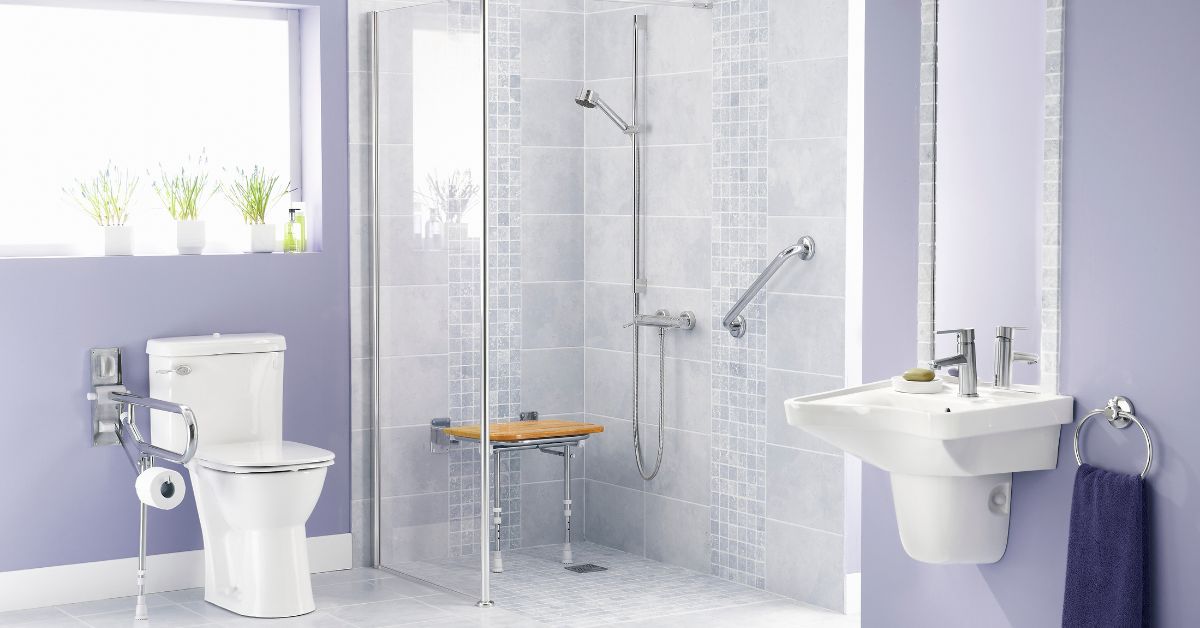
When choosing an extractor fan for your bathroom, it's essential to consider the zones of moisture concentration. Different bathroom areas are exposed to varying levels of humidity, and extractor fans are assigned an IP (Ingress Protection) rating that indicates their suitability for specific zones.
- Zone 1: This is the area directly above the bath or shower, where moisture is most concentrated. Fans installed here should have a minimum IP45 rating, though an IP65 rating is preferable for optimal protection.
- Zone 2: Located just outside of Zone 1, this area requires a fan with an IP44 rating.
- Zone 3: Areas with minimal moisture exposure, such as far corners of the bathroom, do not require a specific IP rating.
For a detailed explanation of IP ratings and their importance, check out this International Electrotechnical Commission guide.
Top Extractor Fans to Consider
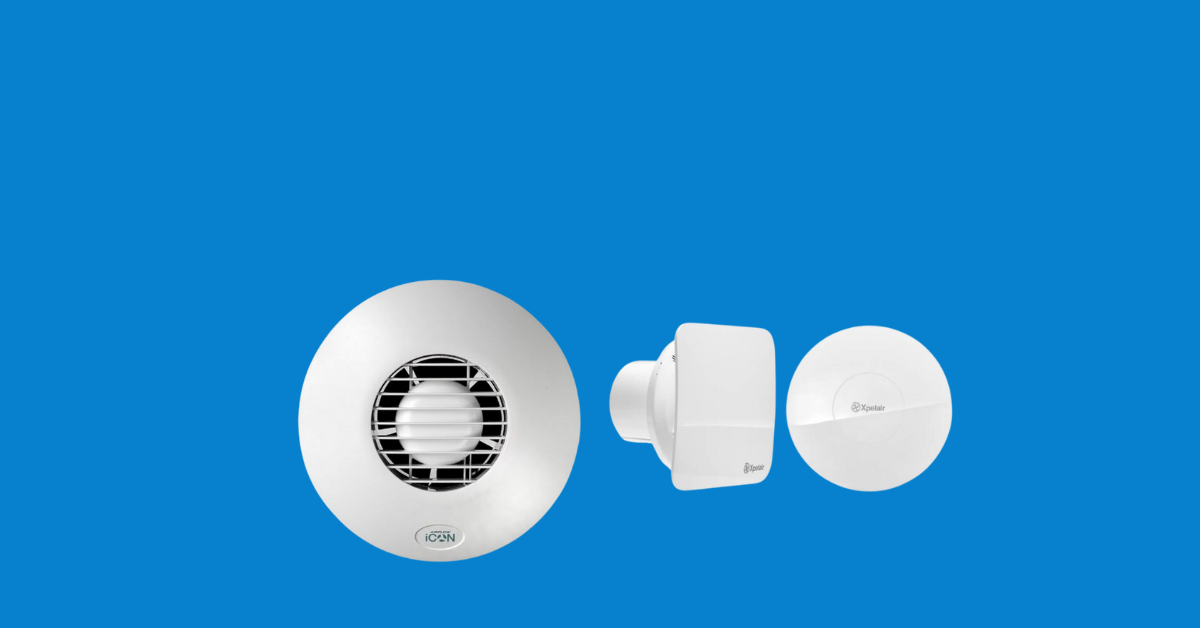
Now that you know how to choose the best extractor fan, let’s explore some of the best options available at Meteor Electrical.
1. Xpelair Simply Silent Extractor Fan
This powerful fan from Xpelair is a popular choice due to its sleek design and effective performance. Thanks to Ghost Air Movement technology, it operates silently, making it ideal for quiet spaces like bathrooms. The fan has an adjustable over-run timer, allowing you to control how long it runs after switching off. Its efficient air exchange rate of 15L/s or 21L/s ensures optimal moisture removal without excess energy consumption.
2. iCon Eco Extractor Fan
The iCon Eco is a stylish and compact fan, perfect for smaller spaces like bathrooms or shower rooms. Despite its size, it packs a punch with an air extraction rate of 18L/s, efficiently removing moisture and maintaining a fresh environment. Its unique design also makes it an aesthetic addition to any modern bathroom.
3. Xpelair Centrifugal Extractor Fan
The Xpelair Centrifugal Extractor Fan is an excellent choice for larger rooms or spaces requiring powerful ventilation. Its robust design allows it to handle high moisture levels in both domestic and commercial settings. The fan is built with corrosion-resistant materials, ensuring durability even in harsh environments. Plus, its adjustable mounting bracket makes installation a breeze, whether in kitchens, bathrooms, or utility rooms.
4. Silent Mixed Flow Inline Extractor Fan
The Silent Mixed Flow Inline Extractor Fan is a great option if you’re looking for an extractor fan that works quietly but effectively. It’s designed for long ducting, making it perfect for bathrooms without an external wall. Its silent operation ensures you can enjoy moisture-free air without the annoying noise often associated with high-powered fans.
Credit: POUSE around the HOUSE
Final Thoughts
Extractor fans play a critical role in maintaining the health of your home. From reducing the risk of mould and dampness to improving air quality, these appliances are essential in ensuring your living space remains safe and comfortable. Whether you need a compact fan for a small bathroom or a robust fan for a commercial kitchen, Meteor Electrical offers a wide range of options to suit your needs.
Ready to upgrade your home’s ventilation? Explore our collection of extractor fans and find the perfect match for your space!
FAQs
1. What is the purpose of an extractor fan?
Extractor fans remove excess moisture, steam, and odours from indoor spaces, helping to prevent dampness, mould, and maintain air quality.
2. Where should I install an extractor fan?
Extractor fans are typically installed in bathrooms, kitchens, and utility rooms where moisture and humidity are prevalent. They should be placed near moisture sources for optimal performance.
3. How do I choose the right extractor fan size?
The size of the extractor fan depends on the room size and the amount of moisture generated. Look for the air exchange rate (in liters per second) to determine the right fit—larger rooms require higher extraction rates.
4. Are extractor fans noisy?
Some extractor fans can be noisy, but many models feature low-noise technology. Checking the decibel rating before purchase can help you find a quieter option.
5. What is an IP rating, and why is it important?
An IP rating (Ingress Protection) indicates how resistant an appliance is to moisture and dust. The higher the rating, the more protected the fan is—important for bathroom installations.

